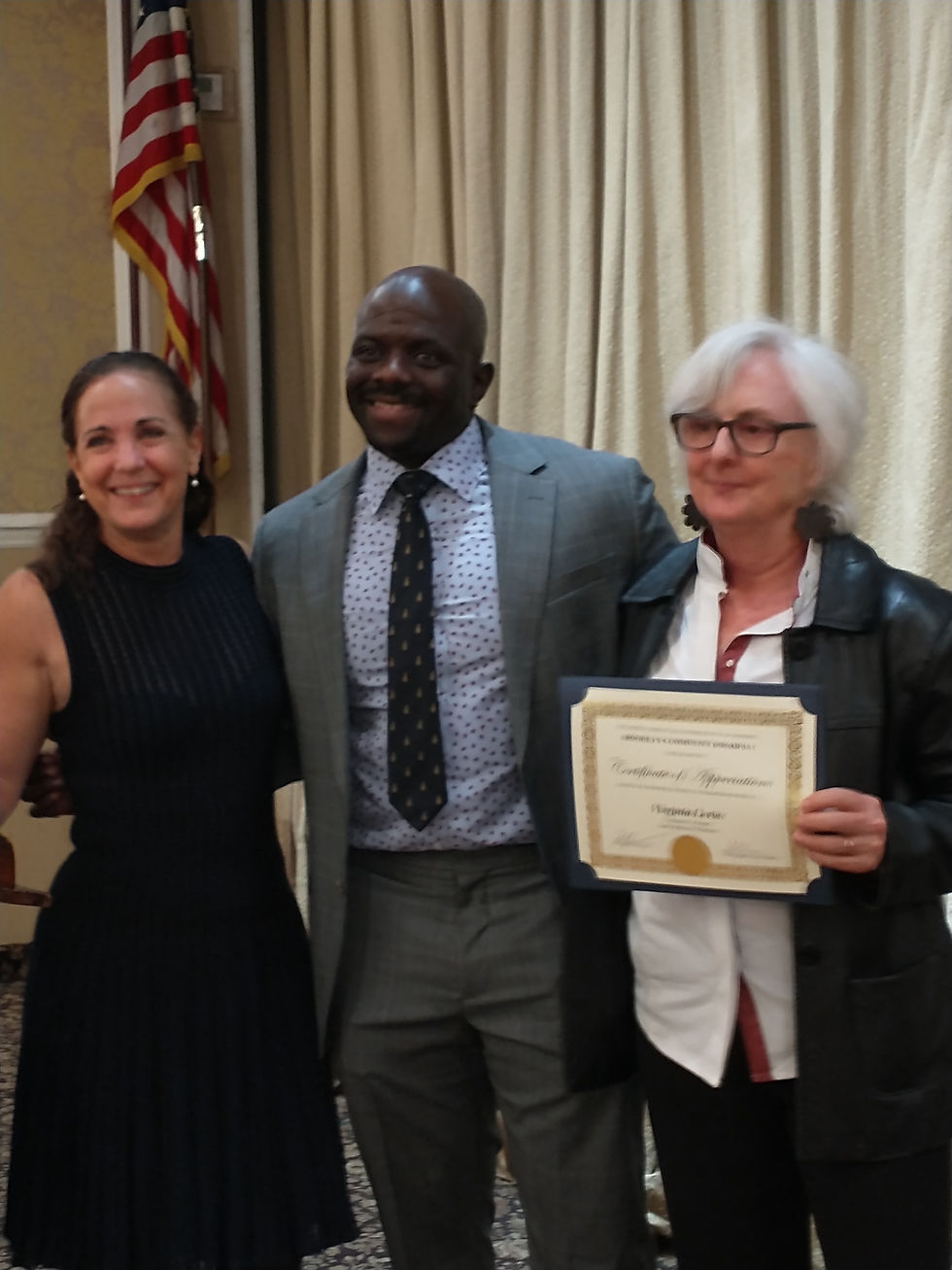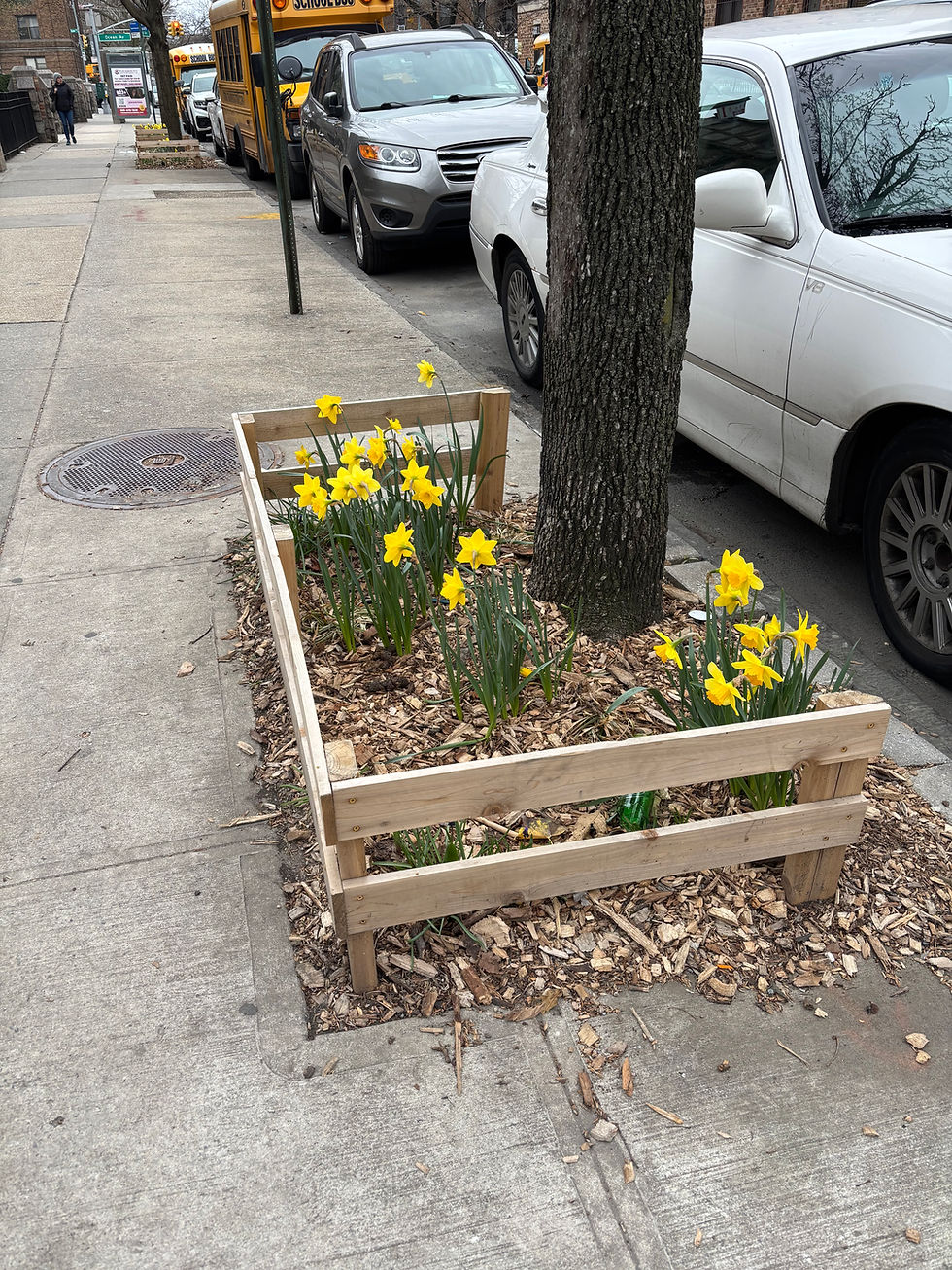New Plant Disease in South Midwood
- southmidwoodpollin
- Mar 9
- 2 min read
Updated: Mar 10

Yikes, there’s a new plant disease in South Midwood! Fortunately the fix is pretty easy in this case.
Aster Yellows is a plant disease caused by a bacterium-like organism called a phytoplasma that was very active last year in our greater area. It is carried by leafhoppers who ingest the phytoplasma from infected plants and give it to healthy plants when they feed again. Once a plant is infected, there is no cure.
Aster Yellows, as the name implies, attacks plants in the aster family, notably our beloved Purple Coneflower (Echinacea), daisies and asters (as well as many other annual flowers and vegetables). The result is deformed and bizarre flowers and foliage.

Fortunately, neither the phytoplasam nor the leafhoppers can survive our winters. Both must travel northward each season. However, a perennial plant that was infected last year will continue to carry the disease.
To prevent further spread, any infected perennials must be removed and destroyed. .
IMPORTANT Only plants which either displayed deformed growth last year or do so this year need to be removed. Healthy plants, even those growing near a sick one, can be left in place because the only vector for this disease is an infected hopper.
Aster Yellows FAQ
What should I do with infected plants once I remove them?
Either put them in the trash or the city compost. Backyard composting with its lower temperatures is not safe.
I have loads of Coneflowers but only one of them is growing/blooming weirdly. Do I need to remove all of them and start over?
No, you only need to remove the sick plants. Because the disease is only transmitted via the feeding mouths of infected leafhoppers and because not all of the hoppers are infected, it is quite possible to have healthy plants next to sick ones.
Why are we having this problem now?
According to Sam Anderson of Cornell, no one knows exactly. Perhaps favorable conditions in the south created a population explosion of leafhoppers that pushed more hoppers north than usual or perhaps a storm brought them here.
How come the diseased plants can look so different from each other?
The phytoplasma alters the genes of infected plants so the resulting “symptoms” can look very different from one plant to another.
Thanks to Sam Anderson of Cornell Extension for alerting us to this problem at his excellent presentation at this year’s Making Brooklyn Bloom at the Brooklyn Botanic Garden.




Comments